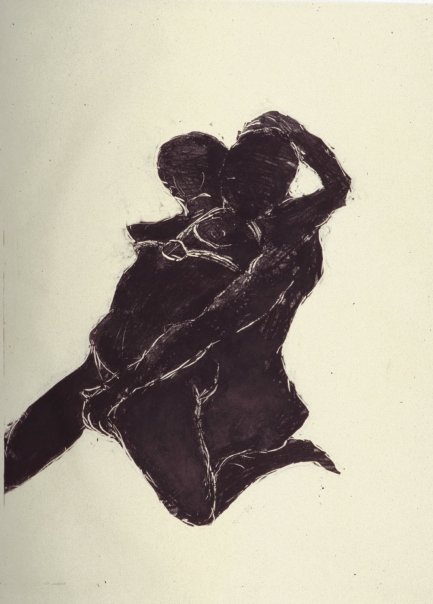There are some for whom flamboyance is a skimpy veil of obfuscation. They behave in ways so conspicuous that their legitimate selves become lost in a tangle of histrionics. Others operate within a humble sussuro of confidence and competence discreetly going about their daily tasks with graceful sprezzatura.
And then there is Currado Malaspina.
With his fustian baritone and his all-weather green felt hat Currado manages to make everyone around him feel simultaneously welcome and degraded. It’s an odd talent and I don’t think it’s anything conscious but when he enters a room the air suddenly thickens with the dread of anticipation.
He’s like two people operating within an elastic dramaturgical derma. You never know which Currado you will get.
This is annoying.
But it’s is also breathtaking, for how many people are there who can captivate and repel you with every single interaction?
Malaspina is just that sort of personage, even when he’s most irritating.
Especially when he’s most irritating!!
But, as he likes to say, fais gaffe!
When you get even the least bit attached to this mercurial Frenchman you find yourself caught within a mesh of his manipulative influence.
Only a Svengali of such exquisite effectiveness, one who can mesmerize even the most jaded and cold, would be capable of producing a body of work so popular and ubiquitous yet so totally bereft of any real meaning.
As Currado always says “thank god for ignorance!!”































